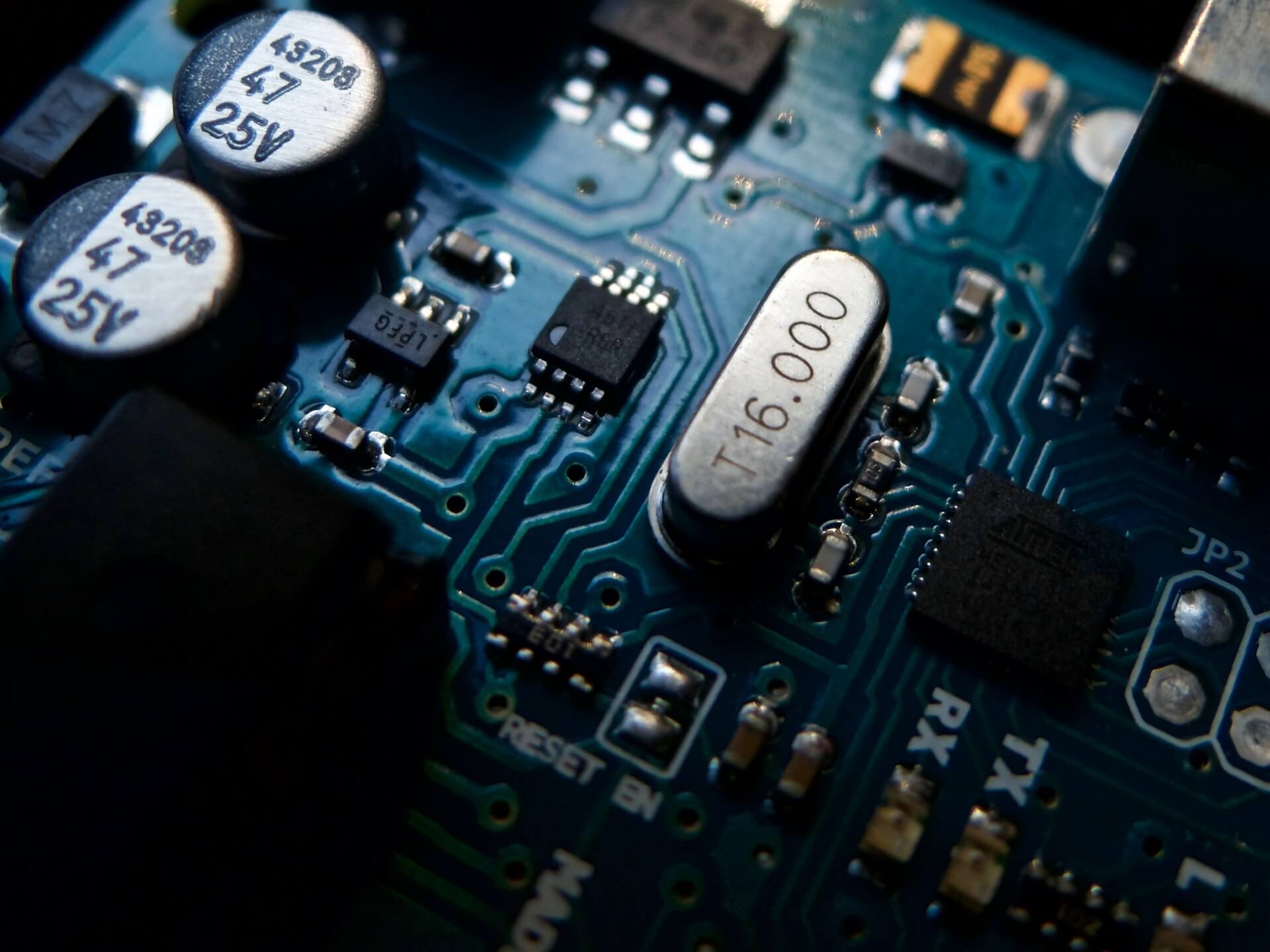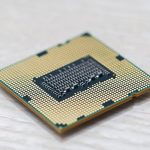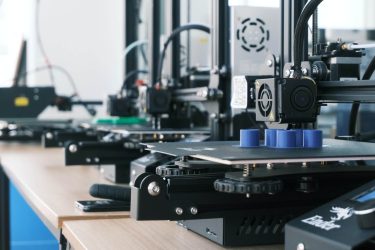This converter module can provide high-efficiency power conversion with interleaving.
Not all designers are power systems engineers, but it still pays to know something about the different ways to build high-efficiency power converters. This includes AC-DC and DC-DC conversion, inverters, PFC circuits, and any number of other equipment for power conversion and efficiency. Even though most designers may not be building power supplies from scratch, they will still need to select them and understand how to integrate them into larger systems, including systems that might interact with the power grid.
With the recent focus on renewable energy and its integration into the existing power grid, especially in the U.S., more designers might be making the switch to smart infrastructure and power electronics. Power conversion is an important part of that integration, and advanced power converter designs will certainly be in high demand as electrical grids are modernized.
One important type of switching converter that designers should be aware of is an interleaved DC-DC converter. This type of converter uses a simple idea to ensure high-efficiency DC-DC conversion, but it is uniquely adaptable to conditions in a renewable grid, a vehicle with multiple batteries, and complex systems with independent loads. These converters can be constructed as a large system from multiple converter stages, but there are also small converters available as integrated circuits. If you decide to use this converter topology in your next system, keep reading to learn about its function and some best practices for component selection.





